Diagnosing a Handgun for the DIY Gunsmith
The solution is simple: Strip, inspect, replace if needed and lube and reassemble and try again.
As a quick side note, in both of these steps, your pistol should have locked open when the slide was empty. If not, then you have either a weak magazine spring, or something wrong with the fit of the follower to the slide stop.
Springs are an easy fix. Replace them. I was using a battery of single-stack 1911s in .38 Super from 1984 to 1993. They got to matches and practice four or five days a week. Near the end, they started failing to lock open. I swapped the old springs for new springs, and they went back to working just fine.
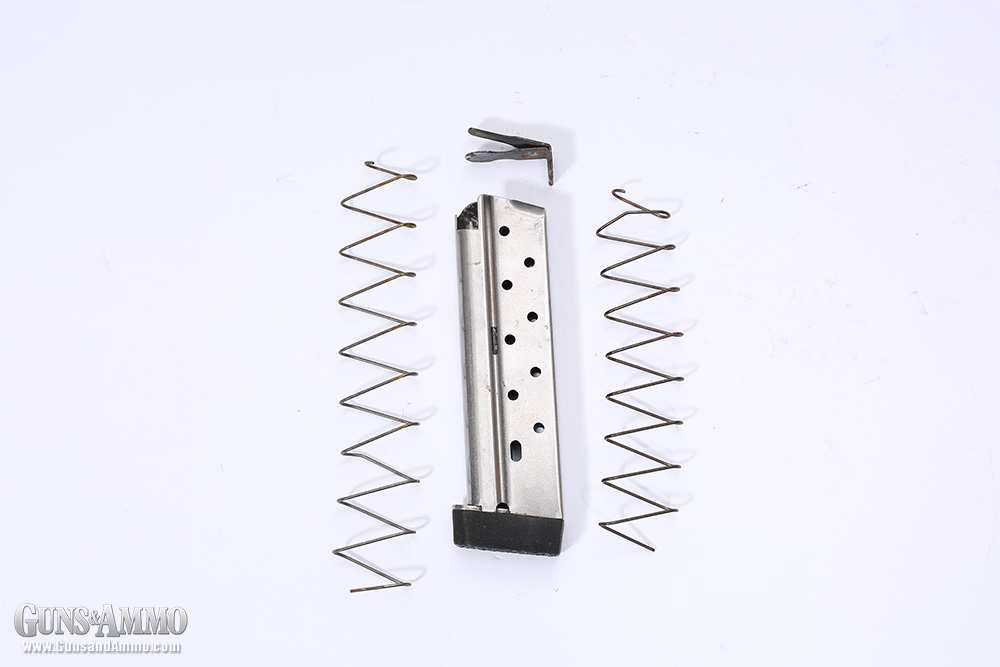
If your magazine starts to fail locking open, the usual cause is a weak spring., Can you tell which of these has had a decade of use? If you said “The one on the right, Alex” you’re correct.
If it isn’t the spring, then the follower may be worn on its lip, or the slide stop may be riding over the follower. Plastic followers wear, so look there. If you have metal followers, look to the slide stop as the source.
Next, the magazines should have dropped free. If the mags don’t drop, then your grips screws are sticking into the mag well. No grips screws? Then find out what is in the way and hope it isn’t because your magazines are bent, kinked or otherwise the problem.
Three
Now, load your magazine full. Shoot five rounds. Pull it out, replace them, and repeat.
What you’re testing here is a different kind of weak spring: failure to lift the stack. This happens pretty much only with the hi-cap guns. Lifting fifteen or seventeen rounds of 9mm fast enough to keep up with the slide isn’t easy.
If you get a malfunction in this test, then you need replacement magazine springs. The typical malfunction is a “bolt over base” failure where the slide has overrun the cartridge rim and trapped the angled and wedged round against the feed ramp.
Springs are cheap, don’t be shy. If you’re running a set of five, ten of even fifteen magazines, and one or two start to fail this test, replace them all. To do less is false economy.
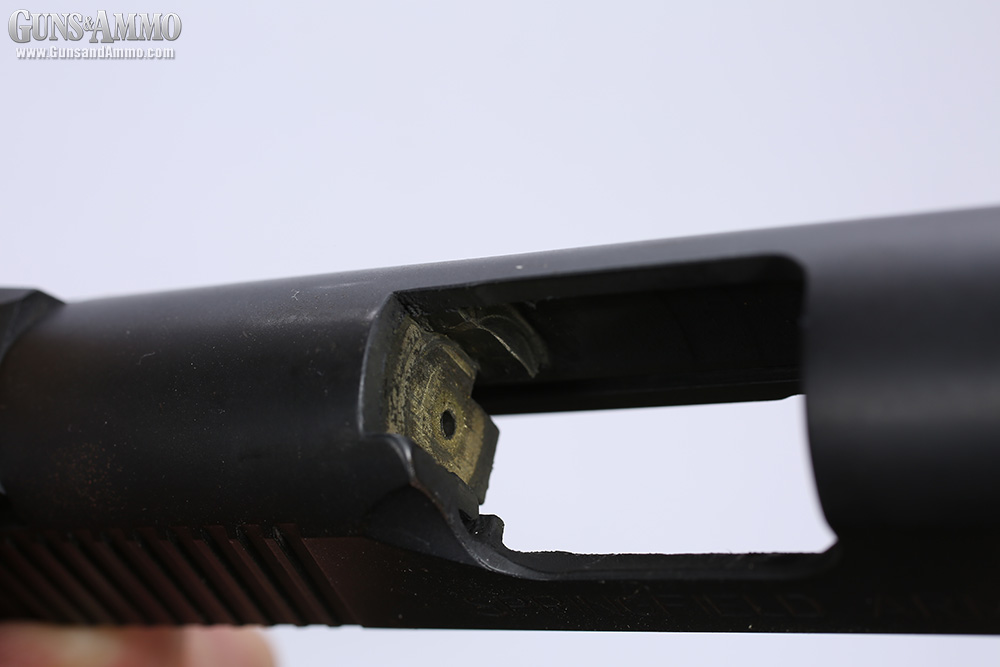
brass-storm on the breechface of your pistol indicates there are sharp edges someplace, sharp edges that are paring off bits of brass. The edge will usually be obvious, as it will have a curl of brass on it.
Four
Now put a day’s practice ammo through your pistol. If you have good ammo and good magazines and springs, then you should not have a problem.
Once you get home, strip your pistol and start looking for symptoms of trouble to come.
First, the breechface. Is it crudded up with powder residue? Good. However, if there are lots of brass shavings, you need to find out why.
Cases will shed a small amount of brass when used. It is simply what happens. But if you see a “snowstorm” of brass in your slide, then there is a sharp edge in there someplace carving bits of brass off of the rims or the bodies, and that is not good. It shouldn’t be too hard to find. The sharp edge will likely have a bright brassy edge to it, from the last case that got knarfed.
This edge has to be filed, stoned or otherwise tended to or else you’ll keep cutting brass and building up the gunk in the breechface/chamber area. This used to be more of a problem back in the early days of 1911s, and handgun competitors made it even worse in some cases. Today, it isn’t common, but it is a big problem if you have it.
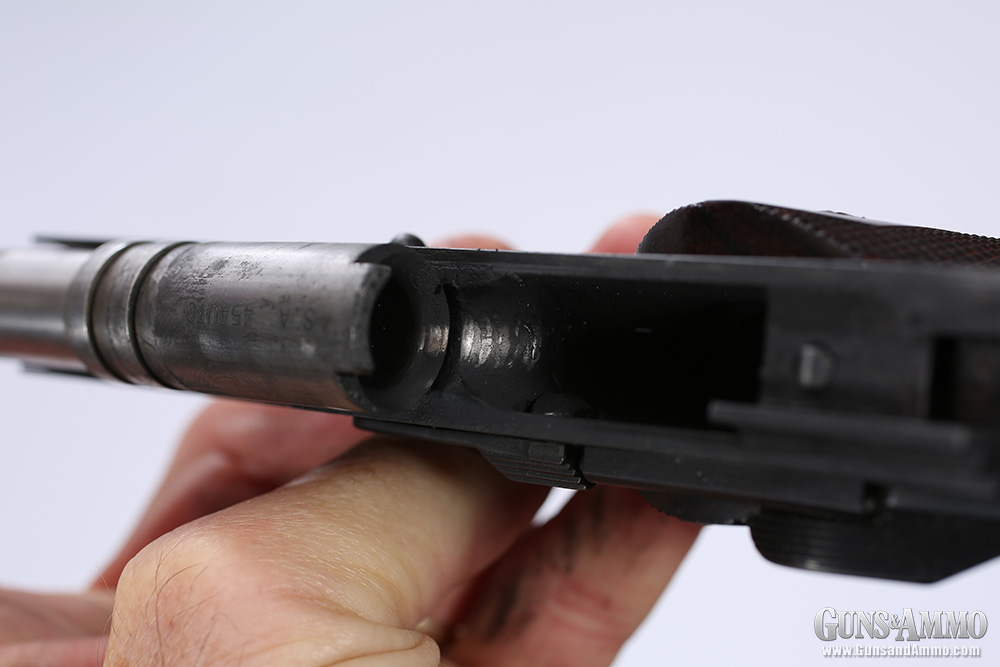
The track of the bullet nose through the smut on the feed-ramp should be straight and centered. If it is not, then you might have a problem. But, if the pistol works 100% even with an off-center or otherwise funky-looking track, leave it alone.
Brass marks on the slide from the ejecting brass indicate it is being hard on the brass, but that’s all. It might make your brass a little more difficult to reload, or shorten its service life, but that’s it. Unless the brass-mangling is particularly egregious, I’d leave it alone as getting into and “tuning” your ejection is a recipe for heartache.
Five
Look at the powder residue on the feed ramp of frame and barrel. There should be an even, straight, clean path plowed through the muck. That is the bullet travel. The track should be centered on the feed ramp. If you see brass on the edges of the chamber, those edges are sharp. If you have a wavy path, your magazines are not consistently releasing the bullet.
The one thing you want to look out for is failure to close. This happens rarely, and when it does, the cause is almost always one of two sources: bad reloads, a new barrel. Insufficiently sized ammo or bullets seated wrong will cause the rounds to be a tight fit in the chamber. While tight is usually good, as it can (but not always) improve accuracy, too tight is, well, too tight. Always check your pistol’s function with either factory-new or trusted reloads.
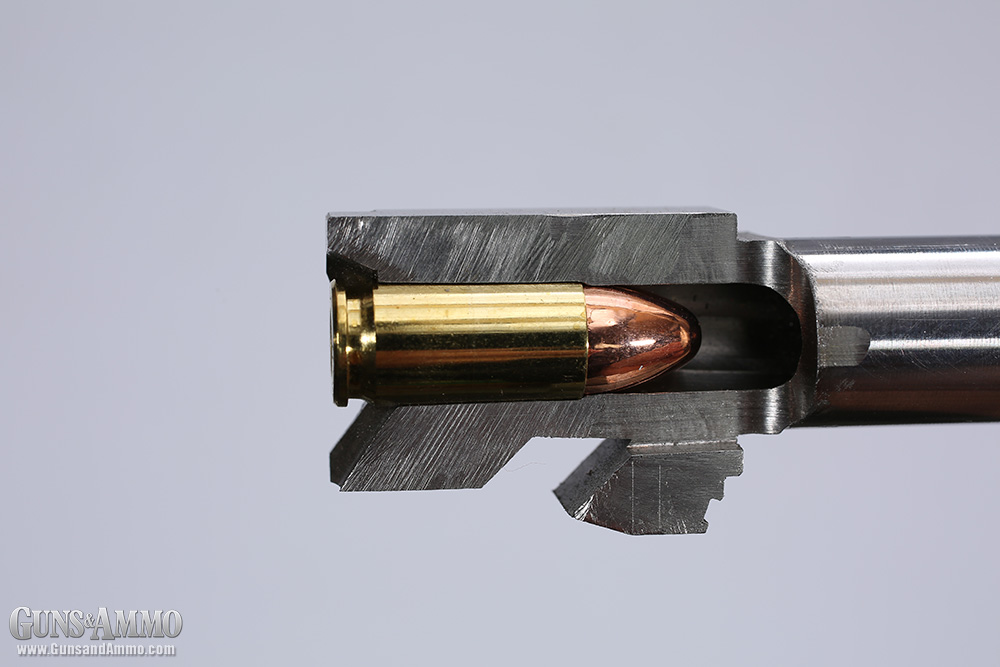
A new barrel may have a rough, tight or short chamber. Failure to close when just a little bit dirty is a sign.
A replacement barrel can have a chamber that is too tight, too short or off-center. The only solution here is to have gunsmithing tools and skills. A quick check with the back end of a pair of digital calipers will tell you if the chamber is short.
A finish reamer for that caliber will tell you, by removing metal, if the chamber is too tight. Measuring axial concentricity is beyond hand tools, and you’ll have to go to a gunsmith if that’s the problem.
But, if it is a problem with your reloads and not factory ammo, I’d suggest (strongly) that you improve your reloads.
This article is only intended to give basic troubleshooting advice to handgun owners. Guns & Ammo does not condone any attempts to modify or repair a handgun without the guidance of a licensed gunsmith.
A box or two of ammo can tell you a lot about the health of your handgun, and can give answers to a home gunsmith.
Before we begin, start with a clean pistol. And let’s quickly review what the process should be when you go to fire your handgun.
There should be a loud noise (that’s the whole point right?) along with recoil and a hole in the target. The empty case should be extracted, ejected and a fresh round (while the supply lasts) chambered.
If you have an interruption, then you have a problem that might be fixed by you or might need the attention of a licensed gunsmith. Let’s find out.
Only 2.4 inches, center to center? And your gunsmith promised you a better group? Is it you, the ammo or the pistol? To be sure, use ammo of known quality and have someone more experienced shoot your pistol.
One
Load a magazine with five rounds, and shoot a group.
The group will tell you a number of things. Are the sights zeroed? Are you capable of shooting small groups? If you are shooting large groups, or off-center groups, then use a rest, get solid and pay attention to the sights.
Tight groups off the aiming …Read the Rest
Source:: Guns and Ammo
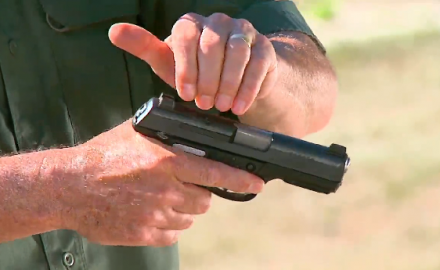
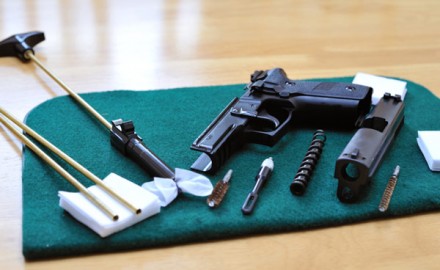
Leave a Reply